Are you suffering from skin starvation?
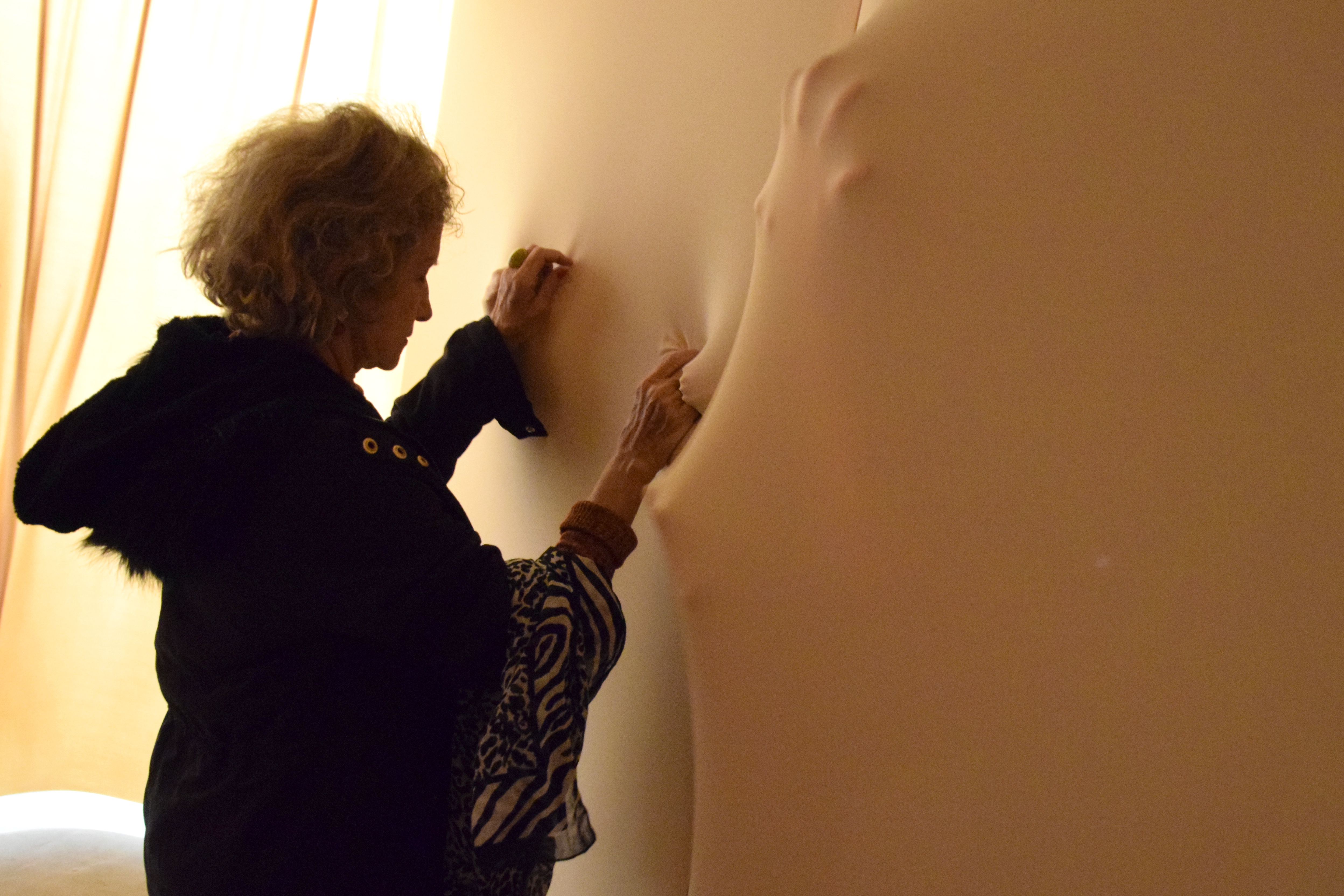
Students from CBS and KADK have been investigating the theme of different bodies and skin starvation in an art exhibition that has been showcased in Milan. (Photo: Luca Scheifer)
An exhibition created by CBS and KADK students explores the theme of different bodies through ceramics, blown glass, textiles and a performance piece with touch from strangers. “We’re losing touch with each other,” argues one of the students behind the exhibition.
When was the last time you touched someone or someone touched you? A heartfelt touch. More than a hug. Do you long for human touch?
If you ask CBS student Suzana Barbosa, a lot of us probably long for touch and therefore suffer from so-called skin starvation – hudsult. Along with a group of students from the MSc in Strategic Design and Entrepreneurship, she’s investigated this topic as part of an art exhibition.
“Personally, I’m happy that we got to talk about this topic. Because, although we always hear that we’re more connected than ever, I think we’re losing touch with each other. Physically and mentally. I mean, how can you learn empathy through a screen?” she asks.
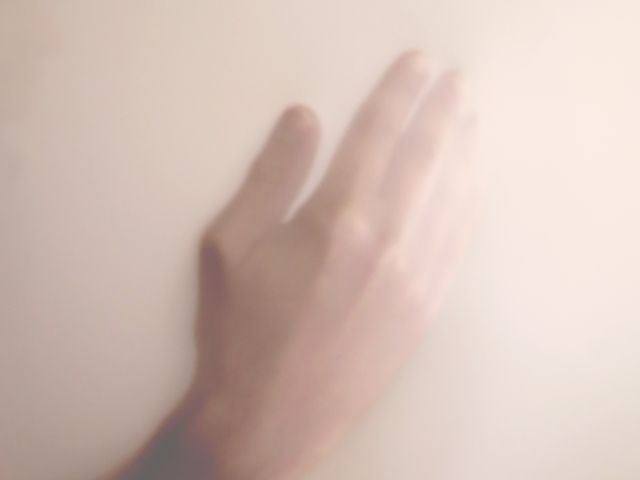
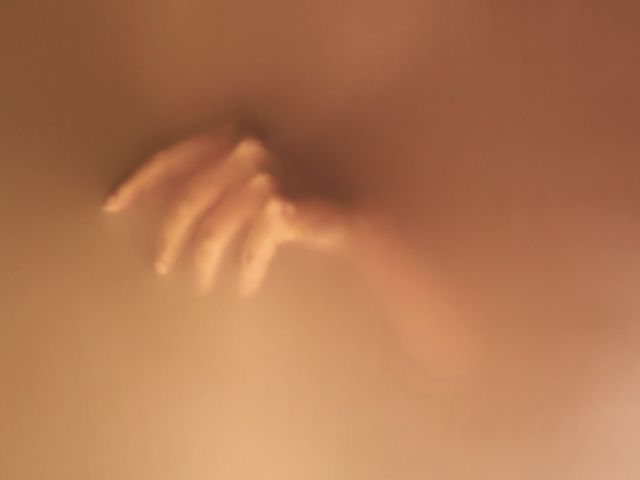
In April, she and her fellow students were invited to Milan to showcase their exhibition “Skin Starvation” at the design fair, which revolved around the theme ‘Different Bodies – Leaving no one behind.’
The exhibition included several elements, one of which was a ‘living wall’ made out of a large piece of nylon. Spectators stood on one side with the students on the other. They would reach out to the audience through the fabric, and the audience could then choose to grab their hands made visible in the fabric or be touched by them.
“Some just walked right past it, while others stopped to get touched by us. Some would watch for a while before slowing coming closer until finally touching a stranger’s hand. For some people it was really touching, and they said they needed it,” explains Suzana Barbosa.
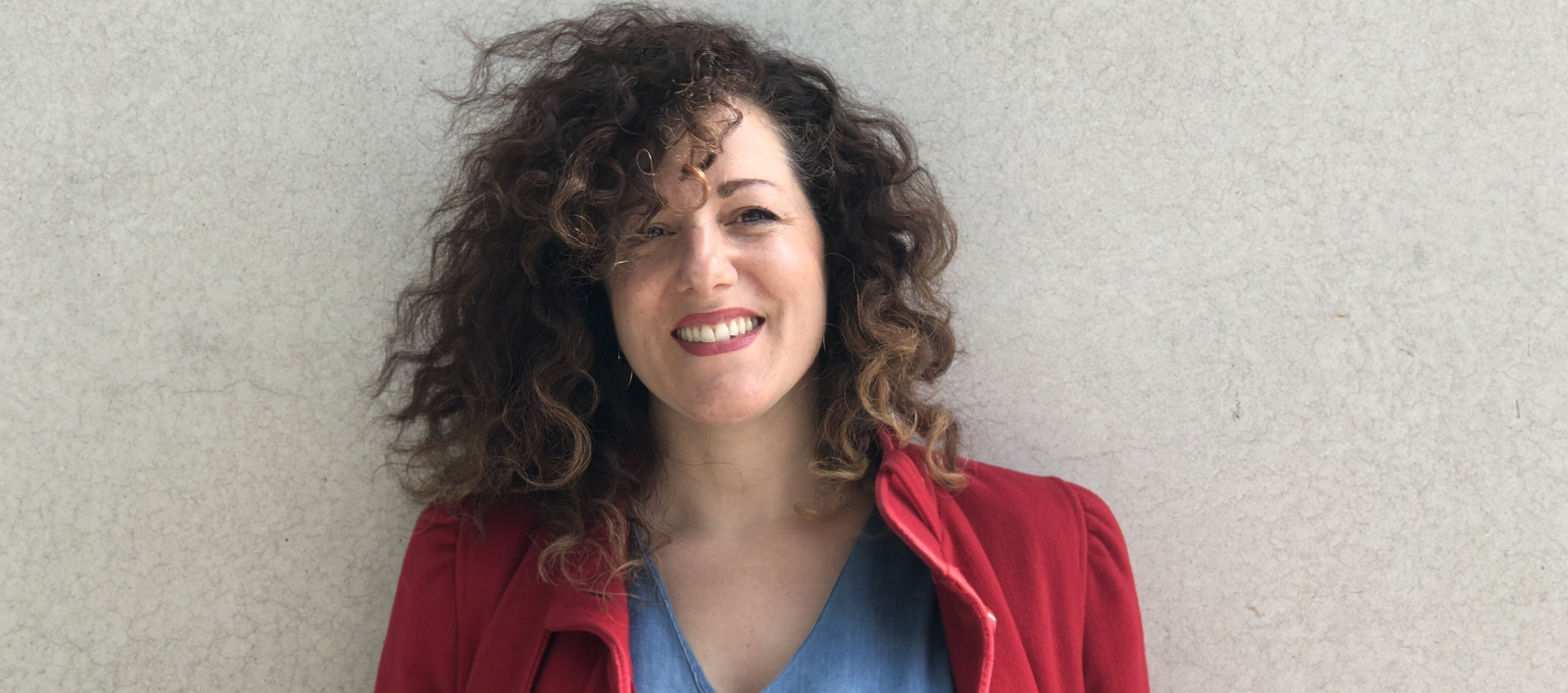
“One gentleman said ‘thank you, my love’ and put his face into the fabric and made a kiss face.”
Can’t touch this
The exhibition was the outcome of a two-week project that ran at the beginning of the first semester of the program. The students were given the topic of the design fair in Milan and they had to come up with exhibition ideas.
It was Suzana Barbosa’s supervisor that shared the new Danish word ‘hudsult’, which inspired the work of ‘skin starvation’, and the group started to brainstorm their exhibition from there. When the concept was done, they forwarded it to the people behind the design fair in Milan, and they were invited to showcase the exhibition there.
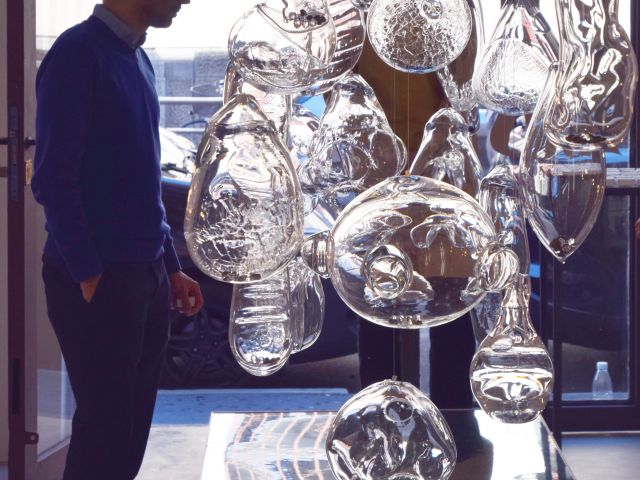
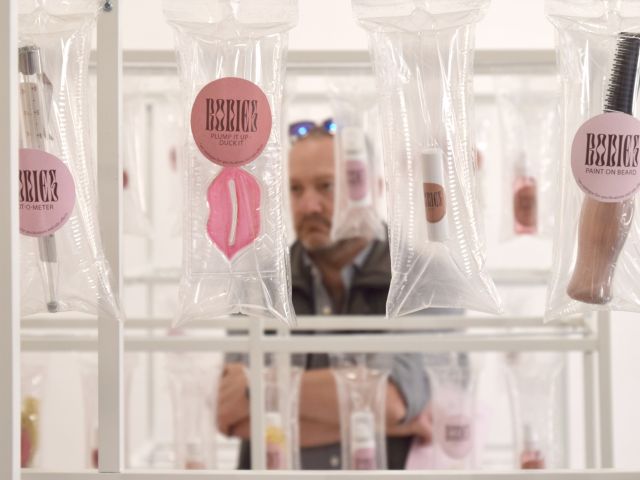
The exhibition consisted of different rooms with three different exhibits, all pointing to the theme of different bodies. For example, some students had made glass vessels, which represented different shapes of the body, like penises and vulvas. In a different room, you could read labels with different derogatory comments about your body like “you have too much body hair” and “bleach your bum whole.” This to provoke conversation and highlight the absurdity of expectations we have about our bodies.
“The sentences represent what we ask of ourselves and others to do with our bodies, to make them touchable. I think some people are afraid of asking to be touched. Part of this might be that they think asking for touch is a sign of weakness,” says Suzana Margarida da Camara Barbosa and continues:
“But touching is what makes us human.”
The students are currently working to get parts of the exhibition displayed on Bornholm, but according to Suzana Margarida da Camara Barbosa, the students are looking into other opportunities as well.
“Am I learning anything?”
The second semester of the program is about to come to an end, and Suzana Margarida da Camara Barbos reflects on what the program has given her so far.
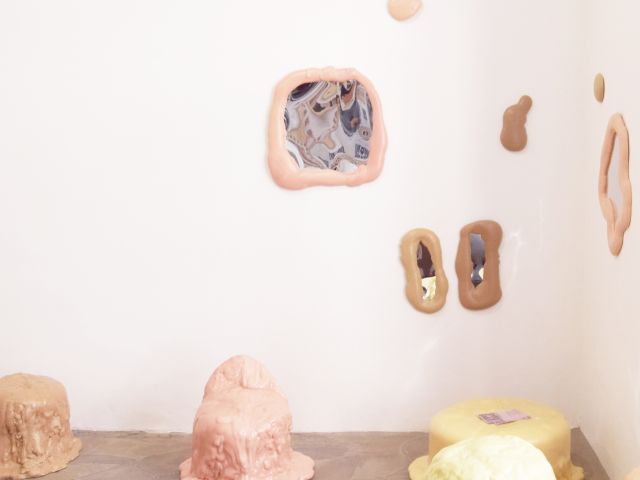
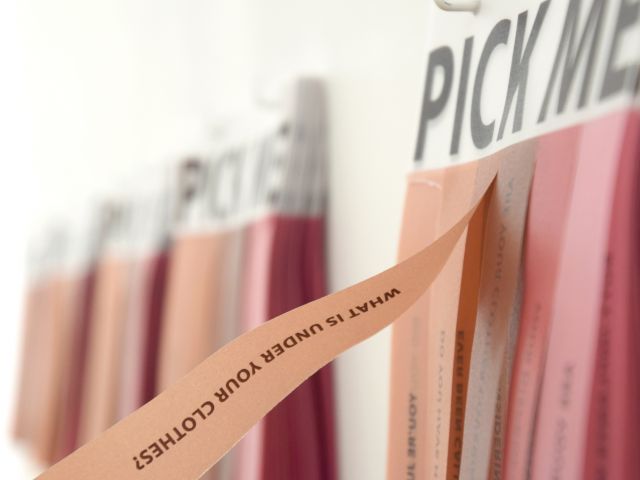
“I’ve been asking myself ‘Am I learning anything?’ And I am, but we’re just having so much fun doing it,” she says.
At the moment, she’s part of working on a semester project about the UN17 Village with four other students being lead by the architecture firm Lendager Group. The Village will be built using only recycled and sustainable materials. Suzana Barbosa and her team have been asked to strategically design for the Eating House in the Village and the two design students will be designing a table to invoke inclusion and conversation.
Working together with different people is especially useful, explains Suzana Barbosa.
“I grew up in Canada and everything was based on individual effort in school. You had to work on your own a lot. Here, the approach is so different, and I’m learning how to work with other people and coordinate group effort,” she says.




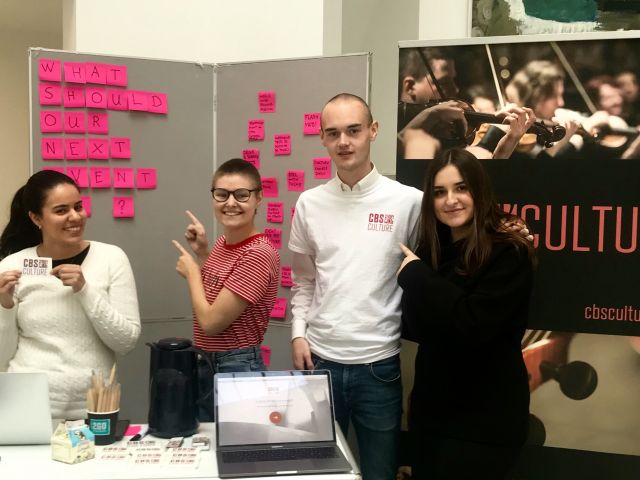
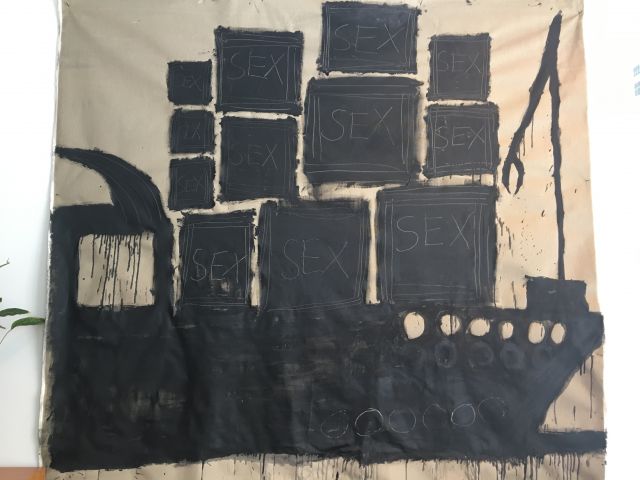
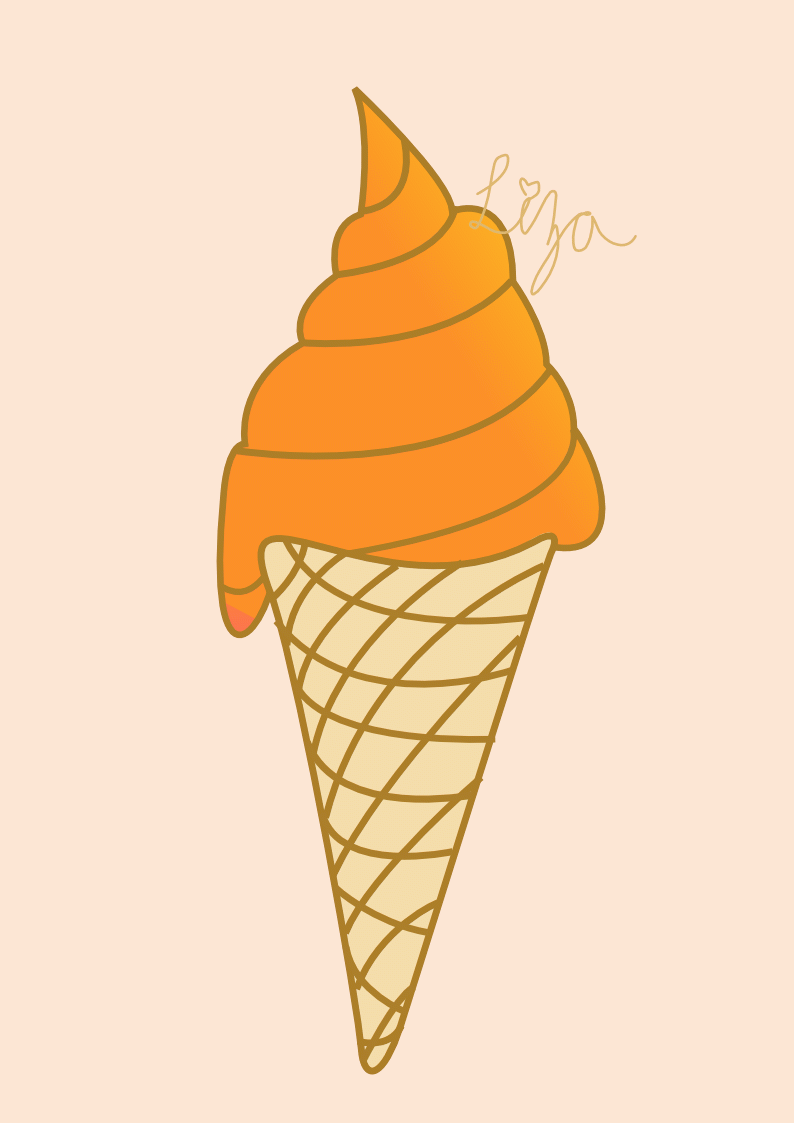
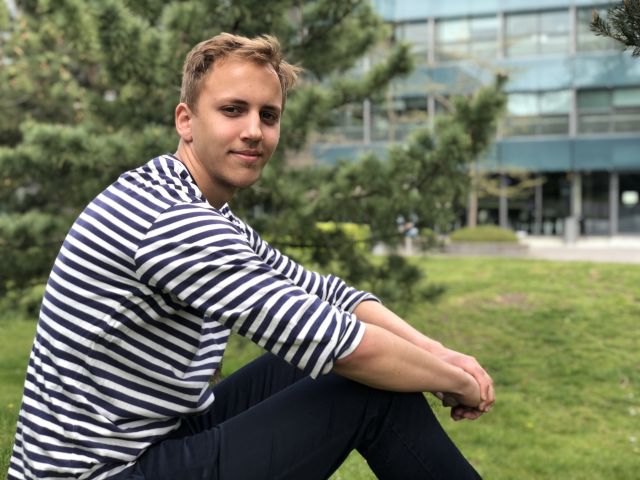




























































































































Comments